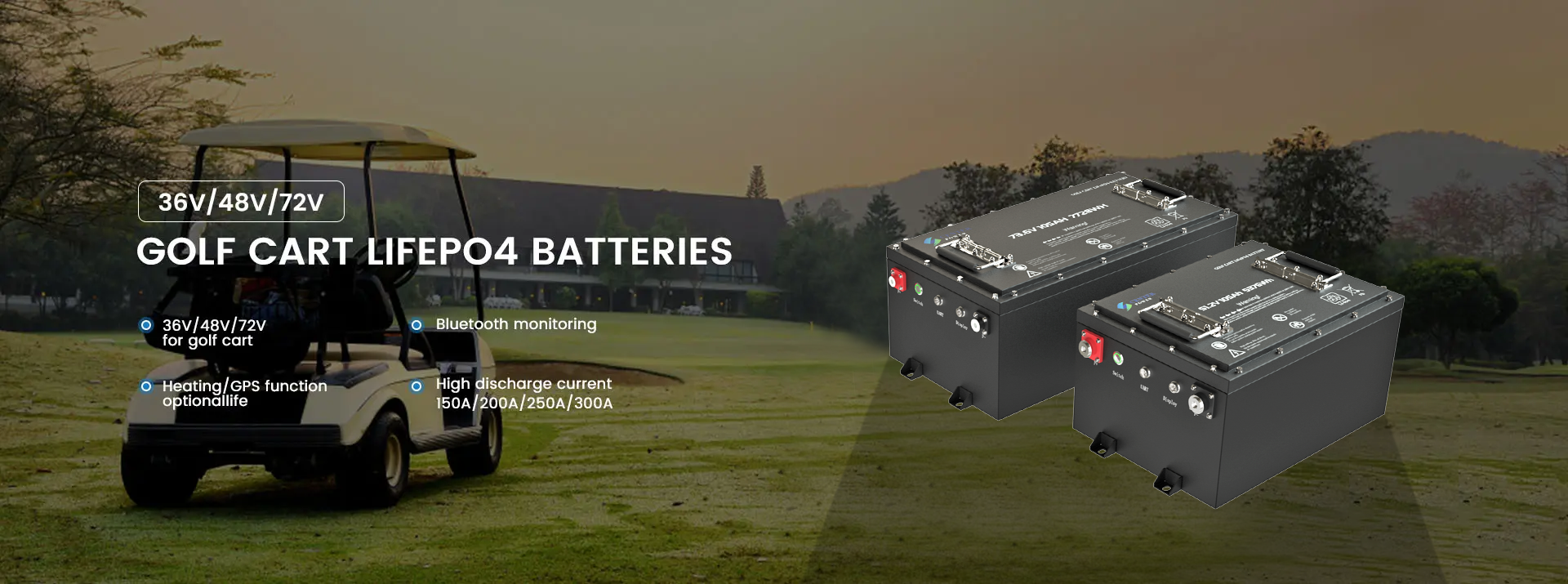Marine batteries are usually not fully charged when purchased, but their charge level depends on the type and manufacturer:
1. Factory-Charged Batteries
- Flooded Lead-Acid Batteries: These are typically shipped in a partially charged state. You will need to top them off with a full charge before use.
- AGM and Gel Batteries: These are often shipped nearly fully charged (at 80–90%) because they are sealed and maintenance-free.
- Lithium Marine Batteries: These are usually shipped with a partial charge, typically around 30–50%, for safe transport. They will need a full charge before use.
2. Why They Aren’t Fully Charged
Batteries may not be shipped fully charged due to:
- Shipping Safety Regulations: Fully charged batteries, particularly lithium ones, can pose a greater risk of overheating or short circuits during transport.
- Preservation of Shelf Life: Storing batteries at a lower charge level can help reduce degradation over time.
3. What to Do Before Using a New Marine Battery
- Check Voltage:
- Use a multimeter to measure the battery’s voltage.
- A fully charged 12V battery should read around 12.6–13.2 volts, depending on the type.
- Charge If Necessary:
- If the battery reads below its full charge voltage, use an appropriate charger to bring it to full capacity before installing it.
- For lithium batteries, consult the manufacturer’s guidelines for charging.
- Inspect the Battery:
- Ensure there’s no damage or leakage. For flooded batteries, check the electrolyte levels and top them off with distilled water if needed.

Post time: Nov-22-2024





